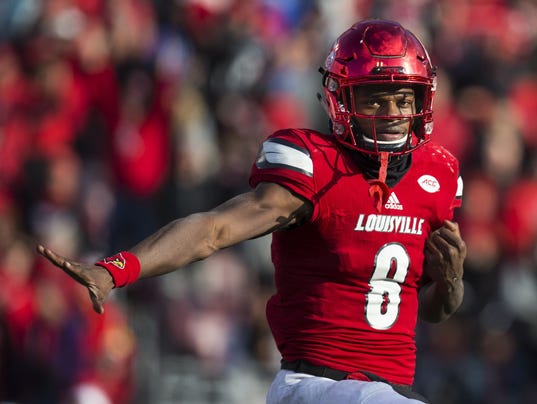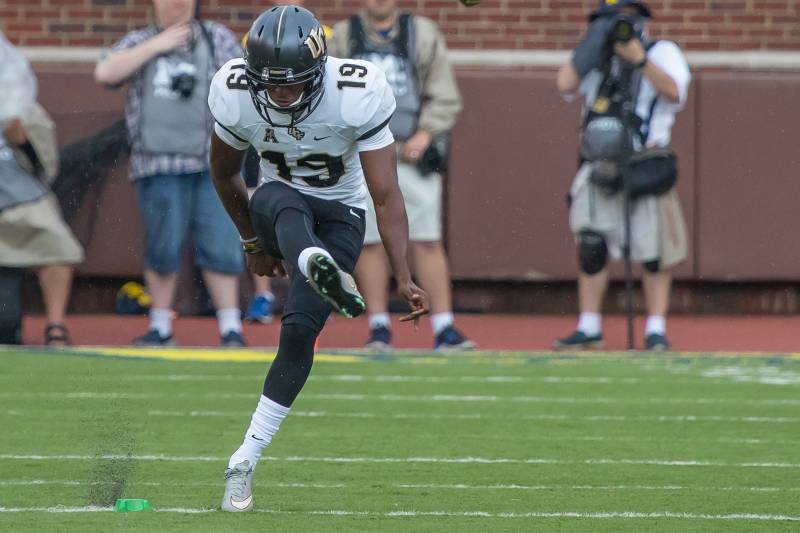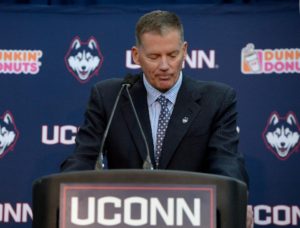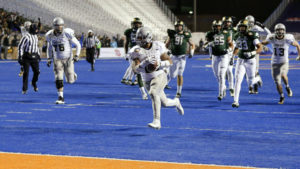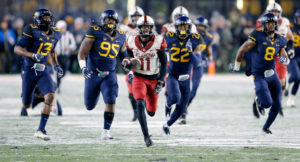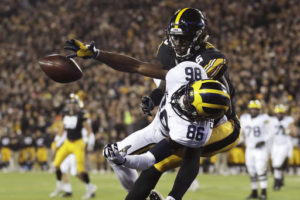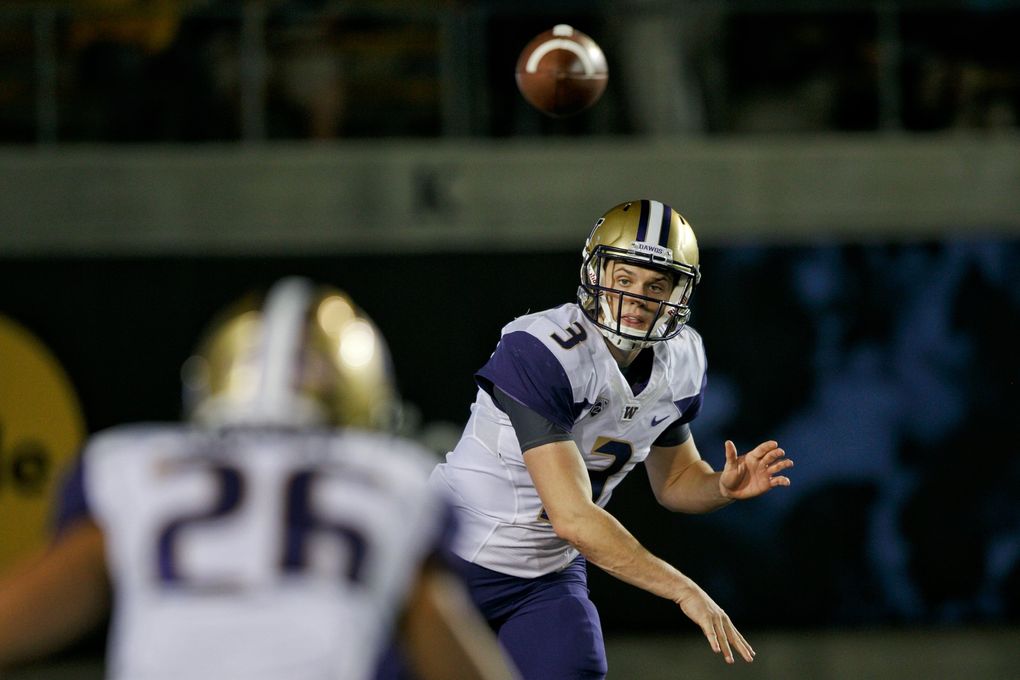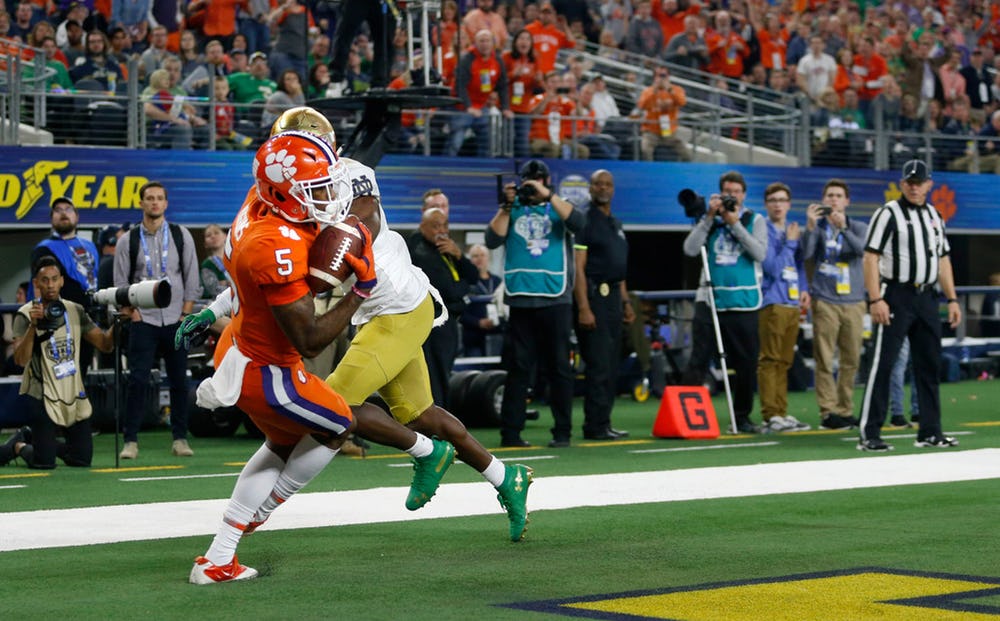
The College Football Playoff celebrated its fifth year in 2018. There have been ten semifinal games in its history. Only two have been decided by one possession.
Continuing college football’s annual tradition of being exactly what we thought it would be, Alabama and Clemson waltzed to easy victories in their semifinal matchups with Oklahoma and Notre Dame, respectively. The Tigers won their game 30-3 while the Tide beat Oklahoma 45-34 in a game that wasn’t as close as the final score indicated. Now, Clemson and Alabama will meet in the College Football Playoff for the fourth consecutive season, and if you want a sense of their total domination over the sport, consider this: 10 of the last 11 College Football Playoff games have ended with either Clemson or Alabama on top.
And with this domination, the cries for an eight-team playoff to decide a champion are building, and they aren’t coming from the outside. In fact, some of the most powerful people inside college football seem to be willing to advance the discussion for playoff expansion as soon as 2020. The logistics are still being worked out, but it seems like this is going to happen, so let’s start off by looking at what that eight-team playoff would potentially look like.
In this scenario, it’s likely that there would be six automatic bids to the Playoff. Five of them would go to each Power 5 conference champion (including the Pac-12) and the sixth would go to the highest-ranked Group of Five team (UCF). The other two bids would be at-large berths, so you would almost certainly have a bracket that looks something like this:
- Alabama (SEC champion) vs 8. Washington (Pac-12 champion)
- Clemson (ACC champion) vs 7. UCF (highest-ranked Group of 5 team)
- Notre Dame (at-large) vs. 6. Ohio State (Big 10 Champion)
- Oklahoma (Big 12 Champion) vs. 5. Georgia (at-large)
The main critique of the four-team version of the Playoff is that it isn’t competitive enough. That is perfectly fair, and making the Playoff more competitive at this stage is a very difficult—if not impossible—task. And there are several fundamental problems with expanding it to eight teams that would suggest that doing so would not accomplish what we all want, which is competitive balance.
For one thing, Washington is not one of the eight best teams in the country, but they would get in as a result of winning the Pac-12. I think it’s pretty obvious that they would get annihilated by Alabama. Clemson would likely do the same to UCF, which isn’t an entirely fair judgment of the defending national champions because of the absence of star quarterback McKenzie Milton. In my view, Georgia would likely take down Oklahoma, which would set up a fascinating rematch of last year’s national title game. The only toss-up quarterfinal game, then, would probably be the Notre Dame-OSU tilt, but my gut says the Irish would come out on top.
But beyond looking at what it would look like this year, the big-picture question when it comes to an expanded Playoff is this:
Does it make the college football season more exciting while still rewarding the best teams in the sport? I would answer no on both counts.
First of all, I truly believe that even with an eight-team championship, you would still have the same national title game we have in real life. But that’s beside the point. The real problem with doubling the size of the Playoff would be that it would greatly diminish the importance of the regular season. College football may have the most important regular season because it is almost certain that if you want to contend for a national championship, you can only afford to lose one game. Even a 12-1 record does not guarantee a berth in the playoff (just ask this year’s Ohio State team).
Moreover, adding four more teams to the Playoff wouldn’t remove disputes over who should get the last spot in it. Currently, the argument is over who should be the fourth team in, but there will be seasons where two of the at-large spots will be disputed. It may be slightly less convoluted, but arguments will still exist in years where the two at-large teams are not nearly as obvious as they were this season.
There will also be years where the best eight teams don’t get in. One example of this would have been 2012, where an eight-team Playoff would have been, um, catastrophically bad:
Hypothetical 8-team CFP in 2012 with 5 P5 auto bids, 1 G5 auto bid and 2 at-large bids
— Barrett Sallee (@BarrettSallee) December 22, 2018
IN
1. Notre Dame
2. Alabama
3. Florida
5. Kansas State
6. Stanford
12. Florida State
15. Northern Illinois
Unranked: Wisconsin
OUT
4. Oregon
7. Georgia
8. LSU
9. Texas A&M
10. South Carolina
That’s not what you want to see.
My final qualm with going to an eight-team Playoff would be that it would prioritize automatic bids and “getting in” over being the best team that season. While the current Playoff does that to an extent, going to eight teams would not ensure that the nation’s best team is hoisting the trophy at the end of the season. In fact, it would turn the odds in the opposite direction. While everyone loves the NCAA Tournament (68 teams, chaotic first weekend, etc.), it is a fundamentally insane way to crown the “best team in the sport”, and more often than not, it fails in that regard. We would be heading in the wrong direction with the addition of more teams.
It all started just hours after their bowl game ended, with Frost saying that a “conscious effort” kept UCF out of the College Football Playoff. Frost posited this theory after watching Georgia and Alabama, two teams Auburn beat on their schedule, advance to next Monday’s national championship game. By the transitive property, UCF could be considered better than all of those teams; the transitive property, of course, does not take into effect important things like home field advantage, the injuries both teams dealt with when they played Auburn, and coaching in high-leverage situations. Also, remember that Georgia later played Auburn (in the same stadium in which the Peach Bowl was played) in the SEC Championship Game and defeated them 28-7. How quickly they forget.
But if people at the university stopped at being angry about the Knights’ apparent snub, we would have had no problem and the rage would have been easily understood. Instead, we have a far different situation on our hands.
After the Peach Bowl, UCF Athletic Director Danny White (no, not the former Cowboys quarterback) was seen on the field proclaiming his team as the national champion. At this point it’s important to remember a key fact in the debate of whether or not UCF won the national championship:
They didn’t.
It’s also important to point out that this claiming of a nonexistent championship is hardly unprecedented. Ohio State gave its players rings after the Buckeyes finished the 2012 season 12-0 but were barred from postseason play because of the infamous events of tattoo-gate. And the 2003 USC Trojans crowned themselves champions after what their then-Athletic Director referred to as “significant research”. In that case, though, USC actually was the #1 team in the Associated Press poll at the end of the season and did earn at least a split of the national championship with LSU.
UCF, on the other hand, did not top the Associated Press poll, or any other poll, for that matter. They finished twelfth in the final College Football Playoff rankings, tenth in the final AP Poll, and tenth in the last Coaches’ Poll. And before you tell me that the BCS would have resolved all of this, UCF would have finished ninth if that poll was still in use. These rankings are especially crucial because many have clamored for an eight-team playoff in recent years, as that would allows smaller, lesser-known schools like UCF to make the Playoff. So it’s good to know that the Knights would not have gotten in even if the size of the Playoff was doubled.
There is also another, not-so-insignificant problem with expanding the Playoff to eight teams, and don’t take it from me. Take it from former Clemson linebacker Ben Boulware. Boulware was asked about hypothetically having to play in another game after his team played in fifteen games last season before defeating Alabama in a thrilling and emotionally-draining national title game:
If we had to do another game after this? God, no. I’d literally die.
Somehow, I doubt that would be a good look for the NCAA, but then again, the NCAA probably wouldn’t know what a good look was if it slapped them in the face. And remember, we’re talking about UCF, the school that had a kicker ruled ineligible to play for committing the heinous, shocking, and appalling crime of monetizing his YouTube channel.
But anyway, if you thought that the coronation of UCF’s alternative national title and the absurd celebration of Frost’s team was complete, then get ready to have your mind frosted:
UCF athletic director Danny White said Wednesday that the program has decided to claim a national championship and will place a championship banner inside Spectrum Stadium to recognize its undefeated 2017 season.
[…]
Nonetheless, the school said that it will hold a celebratory parade for the team at Disney World on Sunday. UCF and Orlando announced Thursday they would hold a national championship celebration Monday evening, the day of the CFP national championship game.
At this point, I can’t even be mad at UCF. If I ever get to the point in my life where I have a parade at Disney World in my honor for no particular reason, I’ll know that my life probably won’t get better from there.
But this is madness. College football is the only sport in which you can say that you won a national championship (without actually winning a national championship, no less) and have your fans believe you. And they’re serious about this too, as their social media feeds indicate. Because nothing says “we don’t take ourselves too seriously” quite like finishing twelfth in the final Playoff rankings, missing the four-team Playoff, winning your bowl game against what may have been a slightly uninspired opponent and then declaring yourself a “national champion”.
There is one more point to be made here. While some have argued for an eight-team Playoff as of late, others are arguing for this and an automatic bid for the top Group of 5 team. That is all well and good until you consider that this was the first year in the Playoff era that a Group of 5 team has gone undefeated and could actually be considered as an honest-to-goodness candidate to make the Playoff. Many have pointed to the NCAA Basketball Tournament as having the best format for allowing smaller schools to shine. But in case you were wondering, the only “Cinderella” teams that have won a college basketball championship since the tournament has expanded to 64 teams were the 1985 Villanova Wildcats (in the first year of the new format) and the 2014 Connecticut Huskies. If you’re keeping track at home, that’s two-for-33, or roughly six percent of the time.
To make matters worse, UCF’s best win before their bowl game this season came against Memphis in a game that went to double-overtime. The Knights also suffered other close calls at the hands of Navy, SMU, and South Florida, and their out-of-conference schedule consisted of FIU, Georgia Tech, Maryland, and Maine. (The Georgia Tech and Maine games were canceled, the former directly and the latter indirectly, due to the effects of Hurricane Irma.) I am all for the little guy who can take down Goliath, but we shouldn’t make sure the little guy gets in the Playoff every year if he isn’t good enough. I’m not saying UCF wasn’t, but they have been the best non-Power 5 team in the Playoff era and even including them in the Final Four (or Eight) would require a serious explanation, one that may be difficult or impossible to justify.
If there is anything you can take out of this article, it is these two things:
- We shouldn’t bring small-school teams to college football’s big dance if they aren’t worthy of it.
- We shouldn’t give schools national championships based on the transitive property.
And if UCF’s recent lunacy has exposed those two truths, then maybe it was worthwhile.

